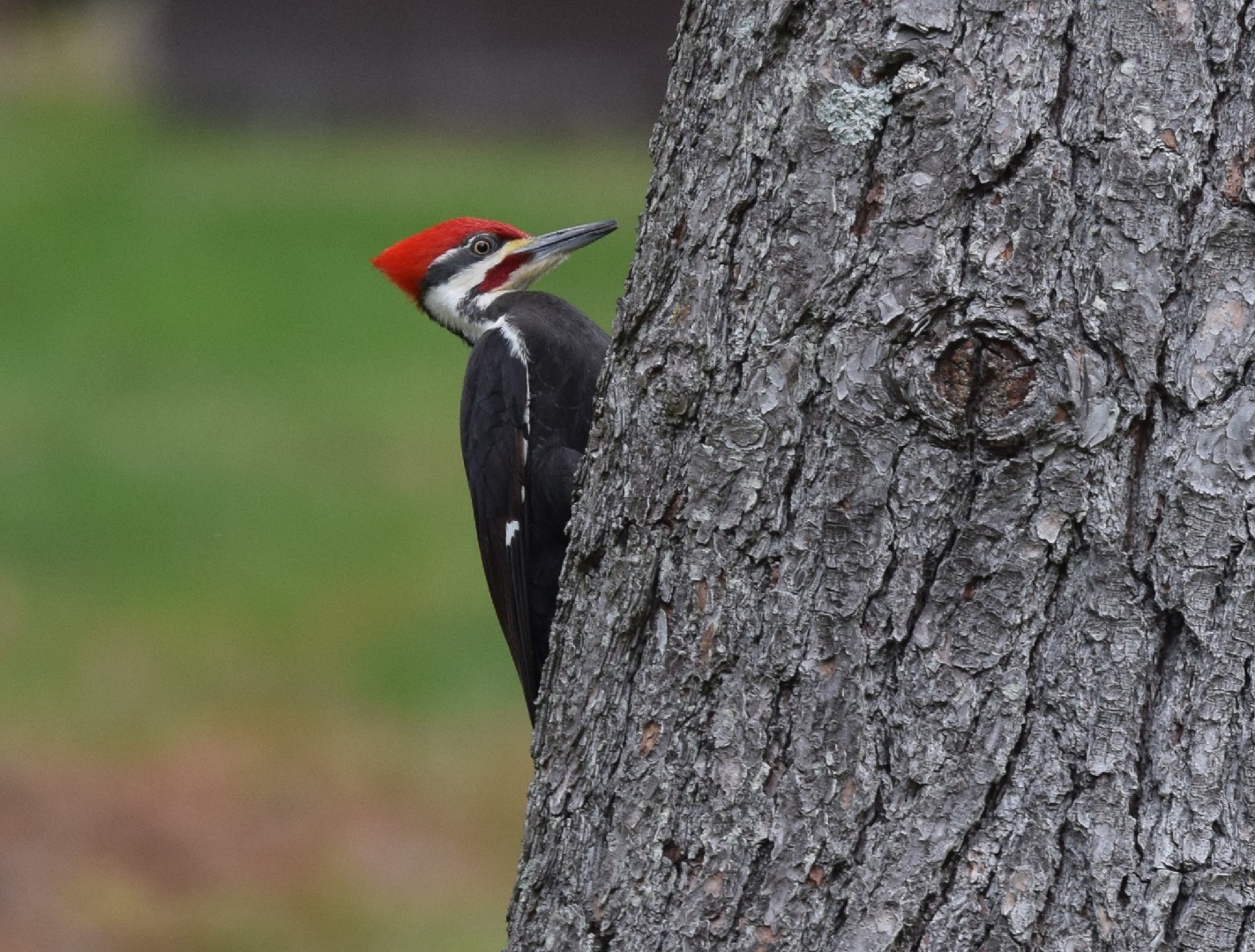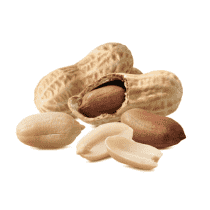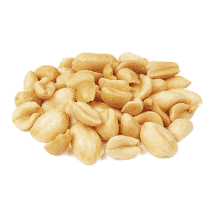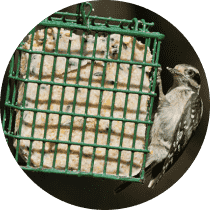Pileated Woodpecker
A species of Woodpecker, Also known as Indian Hen, Lordcock, Logcock Scientific name : Dryocopus pileatus Genus : Woodpecker
Pileated Woodpecker, A species of Woodpecker
Also known as:
Indian Hen, Lordcock, Logcock
Botanical name: Dryocopus pileatus
Genus: Woodpecker
Content
Description People often ask General Info
 Photo By Andy Reago & Chrissy McClarren , used under CC-BY-2.0 /Cropped and compressed from original
Photo By Andy Reago & Chrissy McClarren , used under CC-BY-2.0 /Cropped and compressed from original Description
The largest woodpecker in North America, nearly the size of a crow, the pileated Woodpecker is recognizable by its distinct red crest. When clinging to trees in search of food, the pileated Woodpecker uses his strong tail as additional support. It excavates rectangular cavities in trees for nesting, where it stays with its pair the entire year.
Size
40 - 49 cm
Life Expectancy
13 years
Nest Placement
Cavity
Clutch Size
3 - 5 eggs
Incubation Period
1 brood
Number of Broods
15 - 18 days
Nestling Period
24 - 31 days
Feeding Habits
Pileated Woodpecker's diet mainly consists of carpenter ants, which make up to 40% of their intake, other ants, and woodboring beetle larvae. Termites, various insects, wild fruits, and nuts complement their diet. They occasionally feed on seeds or suet from bird feeders.
Habitat
Pileated Woodpecker resides in extensive deciduous or mixed forests within North America, thriving in environments with large, mature trees. Key to their habitat are deadwood and aged hardwoods essential for feeding and nesting. They adapt across sea-level to mountainous terrains, including hemlock stands in the Northwest, maple-beech regions in the Northeast, and Southeastern cypress swamps.
Nest Behavior
Males initiate the 3-6 weeks of nest excavation with females contributing later. Once the nest is completed, pileated Woodpecker do not typically reuse it in subsequent years.
Nest Characteristics
Pileated Woodpecker choose dead trees in older forests or urban areas for nesting. The cavity is uniquely oblong, excavated by both sexes, with depths of 10-24 inches, and uses no lining beyond wood chips.
Dite type
Insectivorous
People often ask
General Info
Feeding Habits
Bird food type

Black Oil Sunflower Seeds

Hulled Sunflower Seeds

Suet

Peanuts

Peanut Hearts

Mealworms
Bird Feeder Type

Suet Cage
Sounds
Call
Recording location: United States
Behavior
Pileated Woodpecker demonstrate remarkable foraging habits, often excavating sizeable rectangular holes in dead trees, stumps, or fallen logs to hunt for carpenter ants, their primary food source. Their daily activities involve powerful pecking, using their robust necks to deliver strong blows with their beaks, which contributes to a distinctive 'thunk' sound, and often results in large wood chips scattered on the ground. They use their long, barbed tongues to expertly extract insects from deep within wood. These birds maintain monogamous relationships and control vast territories, typically seen in pairs except during the mating process, when the death of a partner may lead to acquiring a new one. Pileated Woodpecker exhibit a strong but slow, undulating flight, characterized by deep, slightly irregular wingbeats.
Distribution Area
The pileated woodpecker's breeding habitat is forested areas across Canada, the eastern United States, and parts of the Pacific Coast. From 1966 - 2015 the population of pileated woodpecker has, on average, increased by greater than 1.5% per year throughout the northeastern U.S., the Maritimes, the Ohio River Valley, and around the Great Lakes. 

 Photo By Andy Reago & Chrissy McClarren , used under CC-BY-2.0 /Cropped and compressed from original
Photo By Andy Reago & Chrissy McClarren , used under CC-BY-2.0 /Cropped and compressed from original